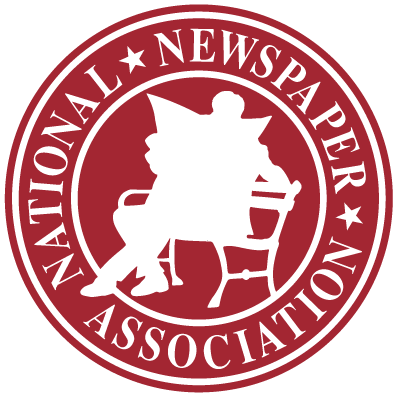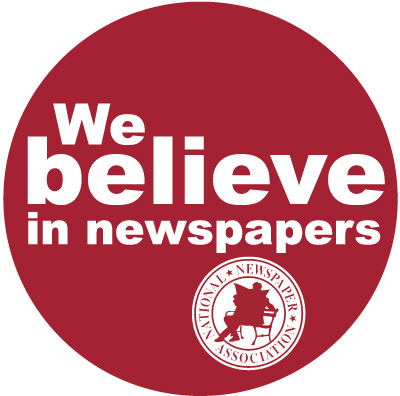Newspaper organizations tell HHS that public notice to Medicaid recipients on state websites is inadequate
Sep 15, 2011
Government websites cannot provide the audience, authenticity and archiving capacity that a print newspaper and newspaper website provide for an official public notice-of-record, a coalition of newspaper organizations told the Centers for Medicaid and Medicaid Services (CMS) at the U.S. Department of Health and Human Services (HHS) this week.
HHS/CMS has proposed removing all newspaper notice to Medicaid recipients and is instead directing states to post them solely on state government websites. A coalition composed of the Public Notice Resource Center, National Newspaper Association, Newspaper Association of America and American Court and Commercial Newspapers strongly opposes the move.
“Any Internet notice is an inadequate substitute for a printed, fixed newspaper notice, although our organizations believe the Internet should be actively used by both CMS and newspapers to extend the reach of printed notices,” the coalition said in its letter to HHS/CMS. “State government Internet sites do not have extensive readership. Public notices in a newspaper—particularly when supplemented by a newspaper website—are far more likely to be read than notices on a government Internet site.”
The group also pointed out that the cost and accessibility barriers for Internet use pose a particular problem for the population targeted by Medicaid notices. Independent studies consistently demonstrate that the elderly, the disabled, rural citizens and minority groups are less able to access Internet services.
- A recent survey by George Washington University School of Media and Public Affairs found that there is a substantial digital divide between individuals over 60 years of age and individuals who are younger;
- The Pew Research Center found that only 26 percent of those surveyed who were 65 years or older used the Internet;
- MediaPost, a leading news and research resource for media, marketing and advertising professionals, released a survey showing only 4 out of 10 of minorities regularly use the Internet;
- The U.S. Department of Commerce’s National Telecommunications and Information Administration reports in the “Digital Nation Expanding Internet Usage” that many rural areas use dial-up connections because broadband is unavailable.
The coalition believes that HHS/CMS should observe the four traditional elements of public notice, which call for notices to be published by an independent party, and to be accessible, authenticated and capable of archiving at a reasonable cost. Because state governments are unable to allocate sufficient resources to accomplish the costly and difficult procedures associated with proper authentication and archiving, HHS would put public notice at risk by depending solely upon state websites.
Furthermore, the demonstrably low readership of government websites makes them inadequate venues for reaching broad sections of the public.
“States are not in the business of building readership. Just as governments do not have expertise in bridge-building and outsource bridge construction to contractors, governments do not have expertise in building audience and outsource public notices to newspapers. It is in the best interest of newspapers to build and maintain a strong following of readers, both in print and on the Internet,” the coalition said in its letter. The coalition strongly recommended that the HHS/CMS proposal be revised to allow for the continued publication of public notices in newspapers.







